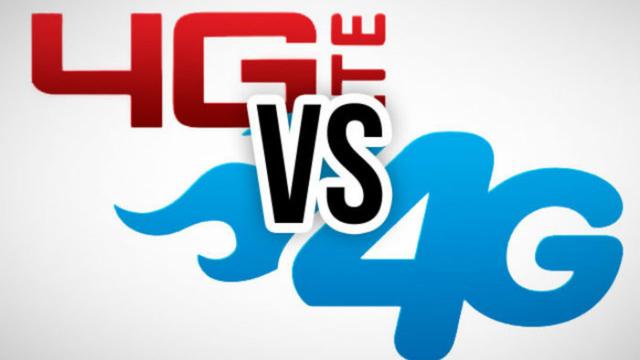When you buy a new phone, you are assaulted by acronyms like 4G, GSM, LTE and CDMA, without receiving too much explanations about.
The simplest explanation for the difference between 4G and LTE is the following: 4G represents the fourth generation of mobile data technology, defined by the radio sector of the International Telecommunications Union (ITU-R);LTE means "Long Termin Evolution" and refers more to the idea of improving the Internet speeds, to ensure the necessary demand.
What is 4G
The 4G standard appeared in March 2008, and for mobile devices, such connections must have a maximum of at least 100 megabit per second, and for stationary connections, at least 1 gibabit per second.Although initially, such speeds were not encountered in consumers, currently, even the networks initially built as 3G reached 4G standards.
What is LTE
LTE is not necessarily a technology, but more of a way to reach 4G speeds.Many times, when your phone displays the 4G logo, it does not necessarily refer to that.When ITU-R set the minimum speeds for 4G, they were relatively untouched.In response to this fact, ITU-R decided that LTE, the name of the technology used to achieve these standards, could be displayed as 4G, if it offers significant improvement over 3G.

Thus, Telecom operators began to advertise on networks, classifying them 4G LTE, a marketing technique that allowed them to say that they have a state-of-the-art connection, without reaching the required figures..However, we are not talking about a lie, because the difference between 3G and 4G thus is a significant one.
LTE is a variant, known as "Long Termin Termination Advanced", which brings us closer to 4G.It has higher speeds and better stability than LTE Classic.It is also compatible with LTE and combines channels, so it does not connect only to the strongest signal source, but to more simultaneously, to provide better discharge speed.
Speed differences between 4G and LTE
Speed differences in download and upload between 4G and LTE are not as noticeable as I think.Indeed, the difference between 3G and the new 4G or LTE is quite obvious, but most of the networks approaching 4G and which are 4G have almost identical speeds.LTE is starting to make a difference, but this is not very big, according to DigitalTrends.com.
The resources required for a 4G connection are two components: a network that can support the necessary speeds, but also a device that can connect to this network.Even if a phone has 4G LTE connection, it doesn't mean you will have speeds if your network does not provide such capabilities.
The future goes to 5g
Telecom operators are already testing the fifth generation of Broadband connectivity, 5G, but there is much work to do.A standard has not yet been set, and 5G could arrive, at the earliest, in 2020.It could also be available to the general public a few years after this time.
